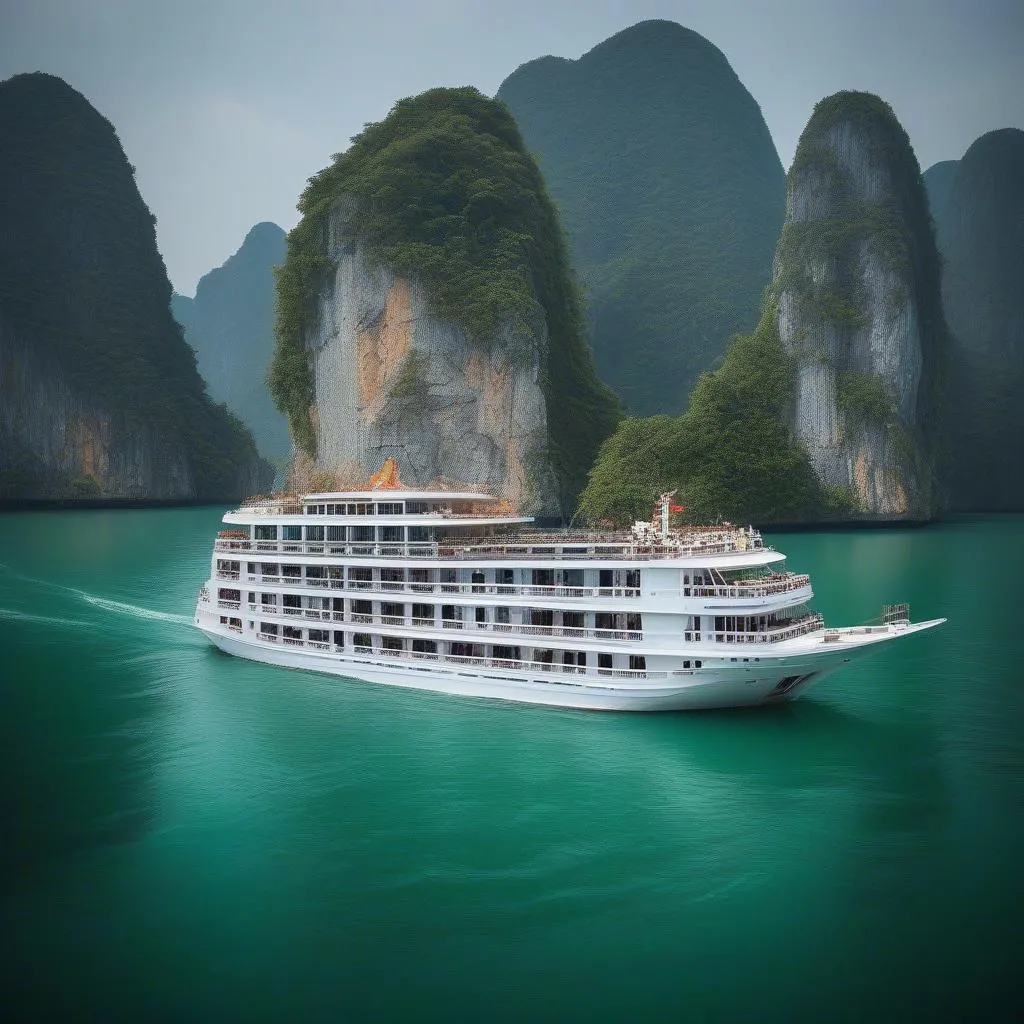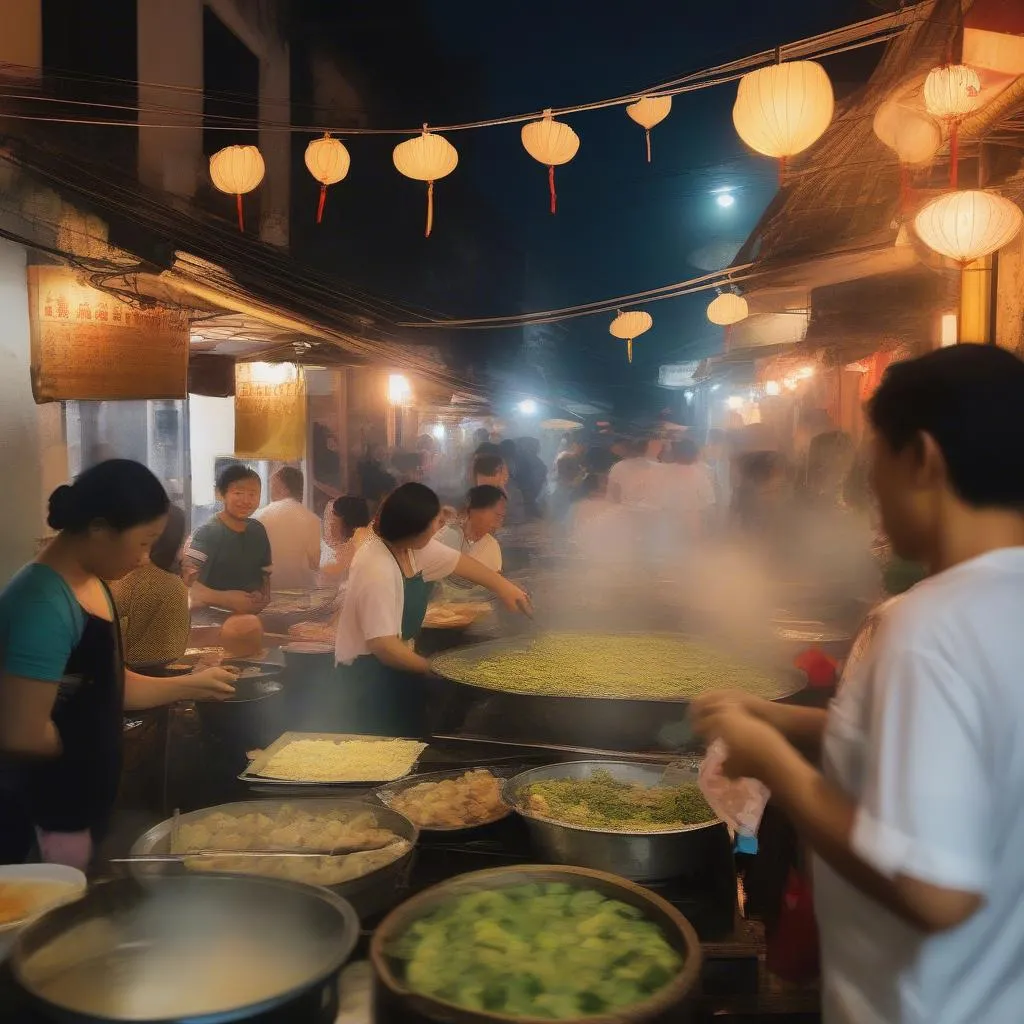“The world is a book and those who do not travel read only one page.” – Saint Augustine
This age-old quote still rings true today. Travel opens our minds to new cultures, experiences, and perspectives. But how do you, as a travel provider, reach those eager to write their own travel stories? The answer lies in the strategic power of travel advertising.
What is Travel Advertising?
Travel advertising encompasses all the creative and strategic methods used to promote travel-related products and services. It’s about inspiring wanderlust, showcasing destinations, and ultimately, driving bookings. From breathtaking photography of Halong Bay to compelling videos showcasing the vibrant street food scene in Hoi An, travel advertising captures the essence of a place and its people.
Why is Travel Advertising Important?
In a world saturated with choices, effective travel advertising cuts through the noise. It helps you:
- Reach your target audience: Are you targeting adventure seekers yearning to explore the rice paddies of Sapa or families looking for a relaxing beach vacation in Phu Quoc? Tailored advertising ensures your message resonates with the right people.
- Build brand awareness: A well-executed campaign can solidify your brand in the minds of travelers, making you the go-to choice for their next adventure.
- Drive bookings: Ultimately, successful advertising translates to tangible results – increased bookings and revenue for your business.
Types of Travel Advertising
From digital campaigns to traditional media, the options for travel advertising are vast and varied:
1. Digital Marketing:
- Search Engine Optimization (SEO): Just like this guide you’re reading, optimizing your website and content with relevant keywords (like “travel to Vietnam,” “best time to visit Hoi An,” or “affordable tours in Da Nang”) helps you rank higher in search results, attracting more potential travelers to your site.
- Social Media Marketing: Platforms like Instagram, Facebook, and TikTok are visual playgrounds for showcasing stunning travel imagery, engaging with potential travelers, and running targeted ad campaigns. Imagine sharing user-generated content of travelers enjoying a cooking class at a Hoi An cooking school or capturing the beauty of the Marble Mountains in Da Nang.
- Email Marketing: Stay connected with past and potential customers by sharing exclusive deals, travel tips, and destination inspiration directly to their inbox.
2. Traditional Media:
- Print Advertising: While declining in popularity, print advertising in travel magazines or local publications can still be effective for reaching specific demographics.
- Television & Radio Advertising: These mediums can be impactful for building brand awareness and reaching a wider audience, especially for large-scale travel companies.
3. Other Forms of Advertising:
- Influencer Marketing: Collaborating with travel bloggers, vloggers, and social media influencers can expose your brand to a highly engaged audience. Imagine a travel blogger sharing their authentic experiences exploring the ancient ruins of My Son Sanctuary or navigating the bustling Ben Thanh Market.
- Content Marketing: Creating valuable and informative content like blog posts, ebooks, and travel guides can position your brand as a trusted resource and attract potential customers.
- Public Relations: Securing positive media coverage through press releases, media trips, and partnerships can boost your brand’s credibility and reach.
Creating a Successful Travel Advertising Campaign
- Define Your Target Audience: Who are you trying to reach? What are their travel motivations, interests, and pain points?
- Set Clear Objectives: What do you want to achieve with your campaign? Increased brand awareness, website traffic, or bookings?
- Develop a Compelling Message: Highlight the unique selling points of your offerings and craft a message that resonates with your target audience.
- Choose the Right Channels: Select the advertising platforms that align with your target audience and campaign objectives.
- Track Your Results: Monitor the performance of your campaigns, analyze the data, and make adjustments as needed to optimize your return on investment.
 Halong Bay Cruise
Halong Bay Cruise
 Hoi An Street Food
Hoi An Street Food
 Marble Mountains
Marble Mountains

